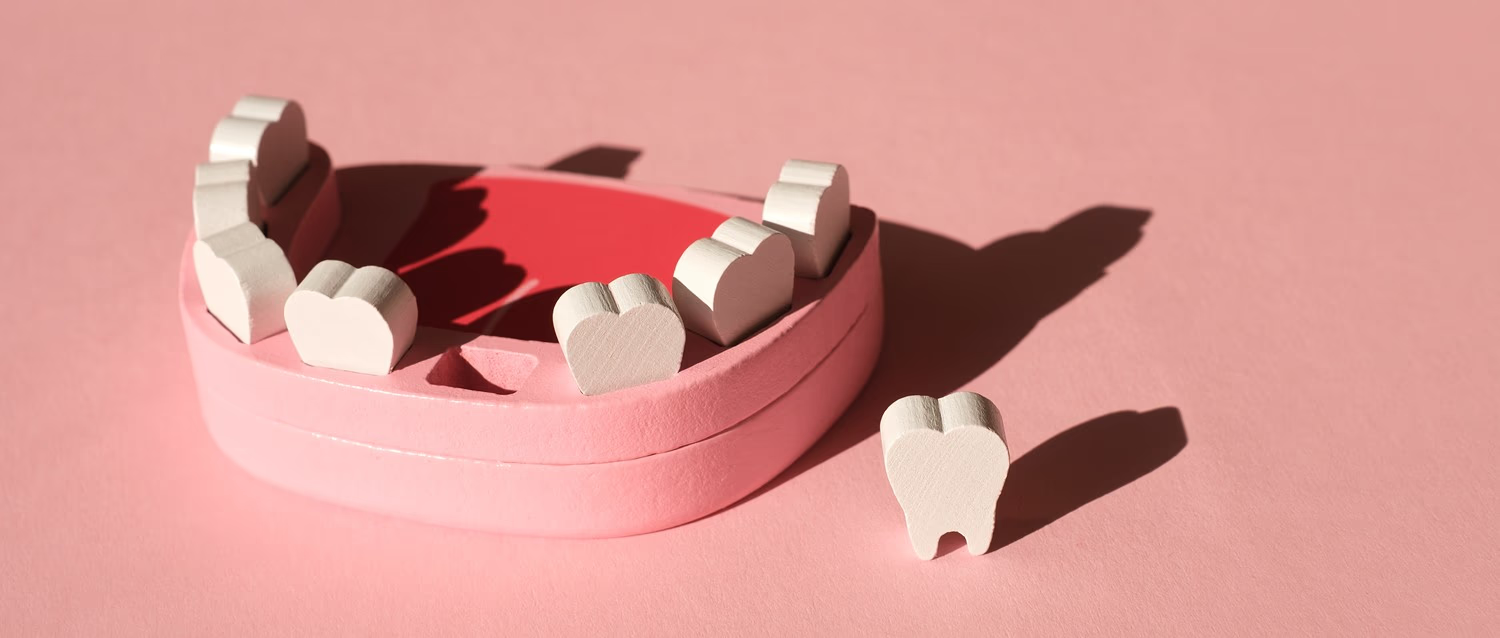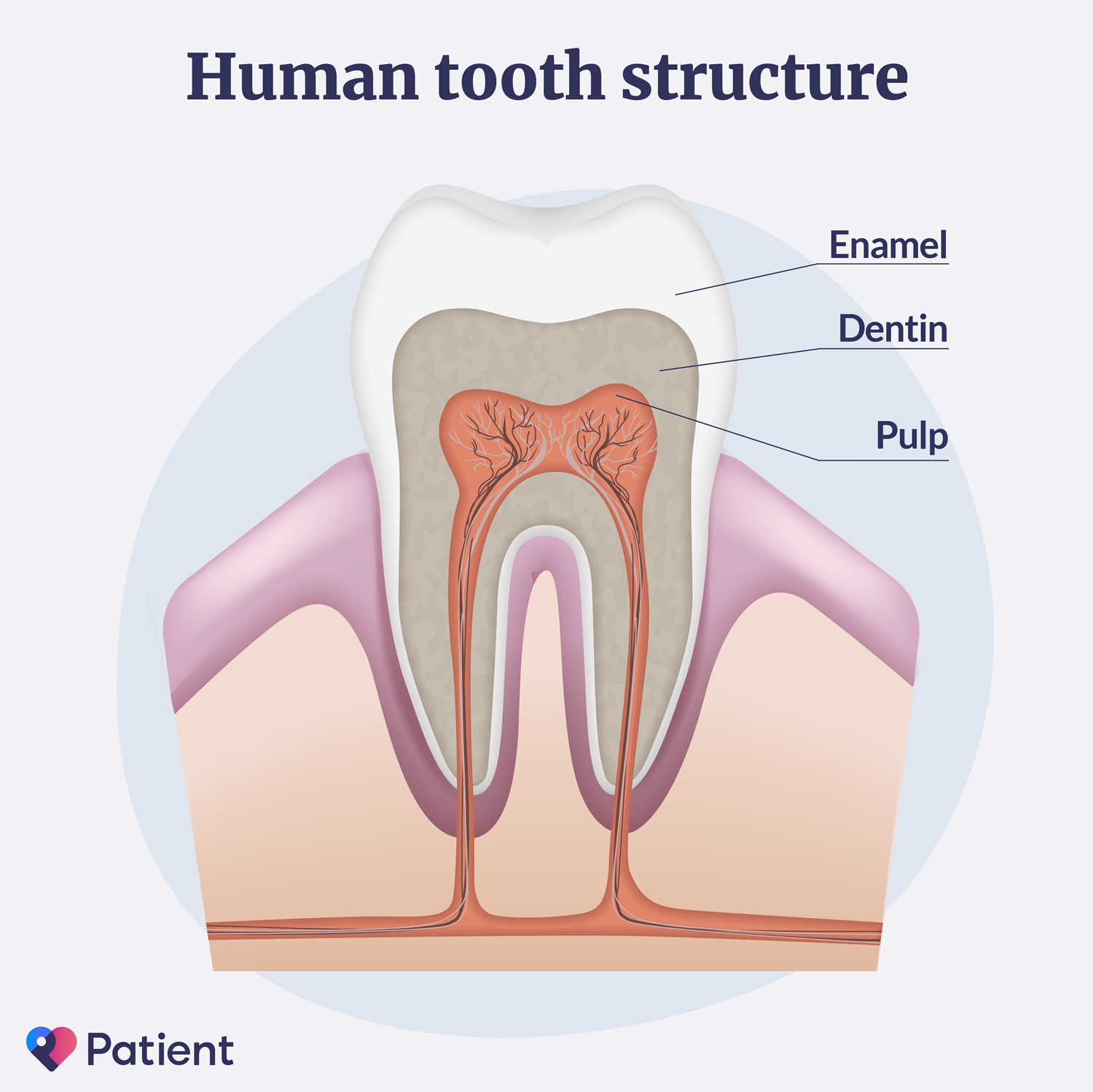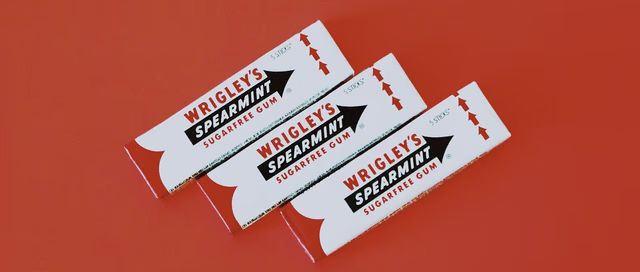
How to spot the signs of a dead tooth
Peer reviewed by Dr Krishna Vakharia, MRCGPLast updated by Amberley DavisLast updated 24 Nov 2022
A dead tooth can do more than ruin your smile - it can be a source of pain, discomfort, and embarrassment that disrupts your day-to-day life. How can you tell if you have a dying or dead tooth and what are the treatment options?
In this article:
Continue reading below
What is a dead tooth?
A dead tooth, also called a non-vital tooth or pulpless tooth, is a tooth that's no longer receiving a fresh supply of blood. Cosmetic dentist Dr Sam Jethwa explains how a tooth can die:
"Our teeth are made up of three layers; the enamel on the outside, the dentin on the inside, and in the middle the pulp. The pulp, a rich source of nerves and blood vessels, keeps a tooth alive and healthy. When these blood vessels and nerves die, then the tooth dies as well."
The three layers

What causes a dead tooth?
According to Dr Jethwa, there are three reasons that can cause these vessels and nerves to die; physical trauma and damage - usually from an injury or sometimes even the process of having a filling - or from tooth decay.
Tooth decay tends to be the result of poor dental hygiene or a diet that's high in sugar. This prevents bacteria from building up, infecting the pulp, and cutting off its blood flow.
Continue reading below
What does a dead tooth look like?
You can often identify a dying or dead tooth by the way it looks. This is because the tooth becomes discoloured, turning grey or black in appearance. This discolouration will continue to grow more obvious as the tooth continues to decay and the nerve dies.
Other dead tooth symptoms
Other signs of a dead tooth include:
Toothache - this can be constant or happen at certain times, such as when the tooth comes into contact with hot or cold things.
Tooth sensitivity or a loss of sensation.
Swelling around the gum.
An abscess - a swollen, pus-filled bump.
Bad breath - sometimes a little bad breath is normal, especially morning breath, but it can be a sign of a dental problem.
Continue reading below
How to treat a dead tooth
"It is possible to save a tooth that is dying, but time is of the essence," says Dr Jethwa. "For the tooth to be saved, you need an early diagnosis."
Can a dead tooth be saved?
This means you should visit a dental professional as soon as you notice the signs of a dead tooth. According to Dr Jethwa, your dentist may have materials that can be placed inside the tooth to regenerate the tooth tissue around the nerve and avoid root canal treatment.
Patient picks for Other oral problems
He also explains the other treatment options:
A root canal is a procedure that drills into a tooth to remove the dead pulp and replace it with a man-made substance. It's then sealed to prevent further infection.
The third treatment option is extraction - the total removal of the dead tooth if it's too damaged to repair. It's your choice if you then want to fill in this gap with an implant, denture, or bridge.
The cost is one consideration - NHS dentists have fixed priced treatment plans but costs at private dentists can vary depending on the pratice, and the type and size of the replacement. The Oral Health Foundation recommends getting a written estimate and treatment plan before starting any dental treatment, to avoid any financial surprises1.
Possible reasons for replacing your extracted dead tooth:
Aesthetics - you may not like how having a gap looks.
More strain - a missing tooth could place more strain on the remaining teeth.
Your bite - over time, your teeth may lean into the gap, changing the way your upper and lower teeth bite together. This could then lead to a build-up of food particles in the gap, increasing the risk of gum disease and tooth decay1.
Can you whiten a dead tooth?
"If the damage has already affected the tooth enamel and caused discolouration and brittleness, then an ultra-thin veneer could be an ideal way to hide the discoloration and protect the tooth from further damage," says Dr Jethwa.
However, this depends on how early the problem is identified. Your dentist will advise on the dental care options available to you, both in terms of your dental health and wellbeing, and also your cosmetic options.
Further reading
Article History
The information on this page is written and peer reviewed by qualified clinicians.
24 Nov 2022 | Latest version
24 Nov 2022 | Originally published
Authored by:
Amberley Davis

Feeling unwell?
Assess your symptoms online for free

